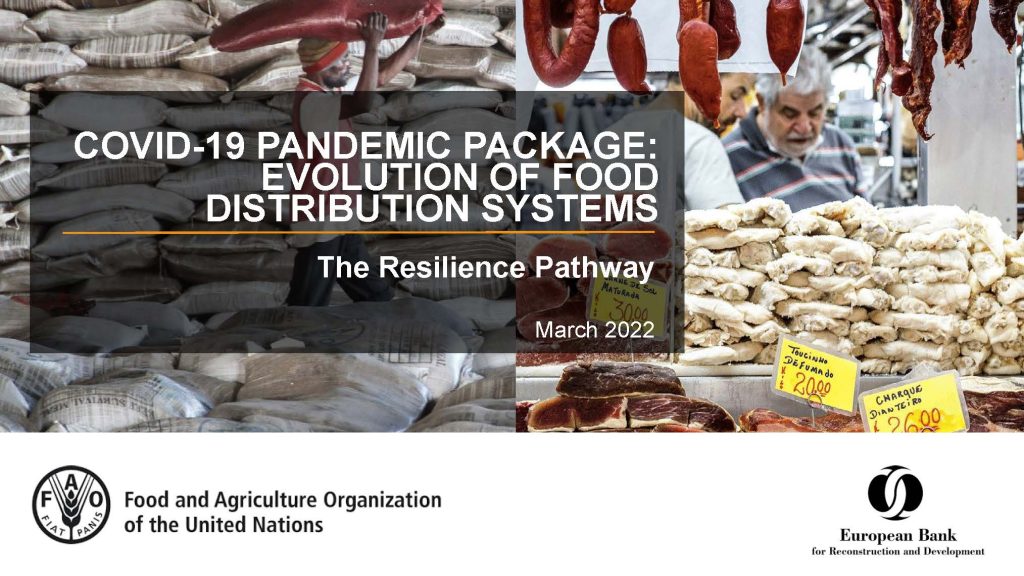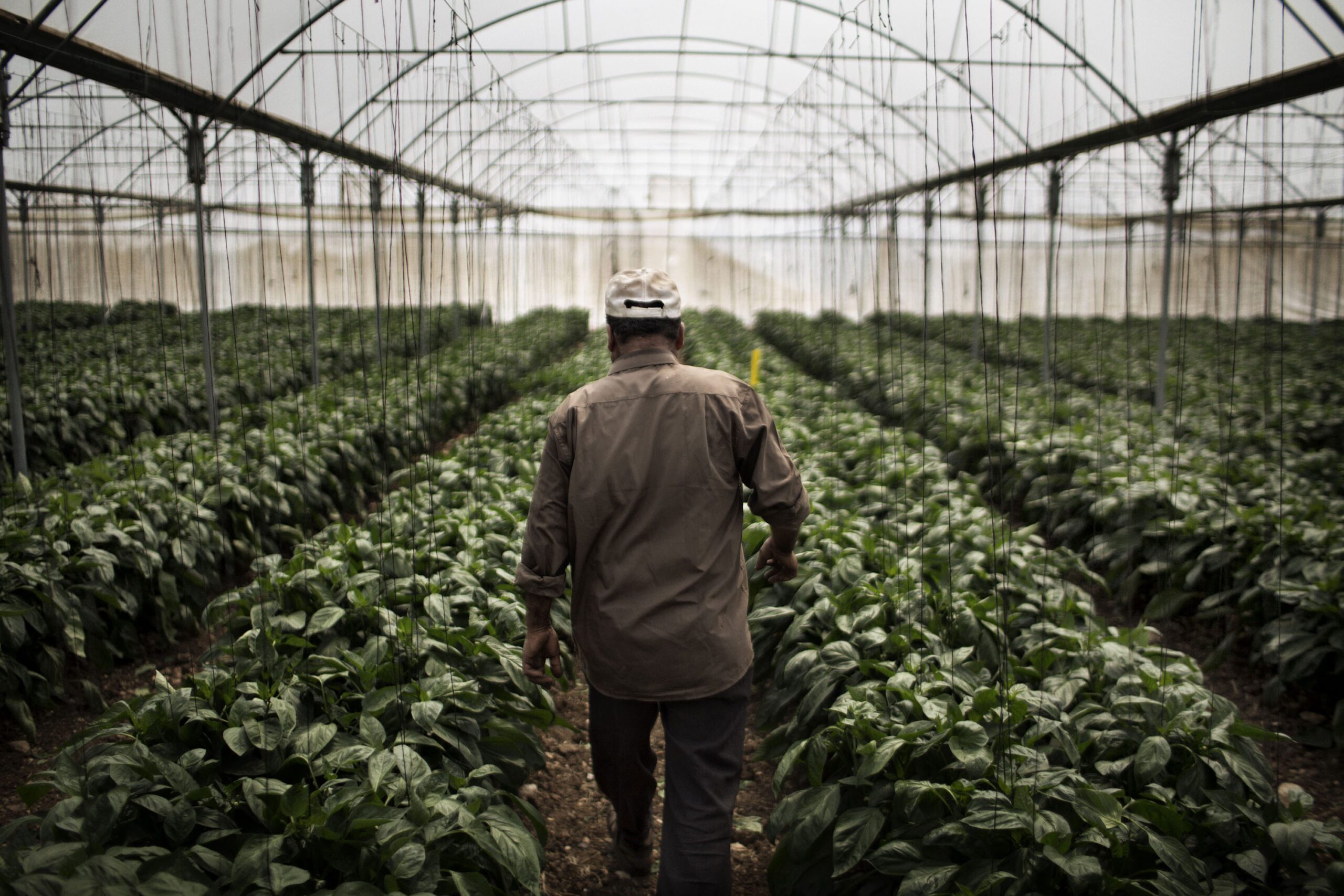PROJECT SUMMARY
The EBRD and FAO have visited seven cities as part of a project to understand how the COVID-19 pandemic has shaped how fresh foods are distributed and bought, paving the way for food systems that are more flexible and resilient.
Context
The EBRD and FAO have studied food pathways in seven cities around the world to understand how the COVID-19 pandemic has shaped the way that fresh foods are distributed and bought. The cities chosen represent both mature economies (Paris, Rome and London) and economies in transition (Belgrade, Casablanca, Istanbul, Tashkent and Tbilisi).
Pre-pandemic, consumer demand was already fundamentally shifting, particularly toward buying more healthy foods, buying locally, and buying products with environmental credentials, for example, low GHG emissions.
From the supply side, customer-centric models such as e-commerce-enabled home delivery services were also on the increase and the range of providers offering this service was diversifying e.g., restaurants and direct farm sales.
The study found that the COVID-19 pandemic has accelerated that shift with many of these trends here to stay. It has also led to a retail sector revolution centred on ultra-convenience, e-commerce and the diversification of supply chains.
Activities
The EBRD and FAO used a mix of data gathering and analysis, as well as over 100 interviews with key players in the food distribution and retail sector in several countries to:
Capture main disruptions observed in fresh food distribution.
Identify the main systemic changes in food demand and purchase habits affecting food distribution stakeholders in modern and traditional retail channels and their consequences in terms of adaptation of business models and sales strategies.
Consider the urban dimension of food distribution including both positive and negative impacts on urban infrastructure and livelihoods to guide authorities on how to invest in or upgrade existing infrastructure to sustainably support the development of new activities in food distribution.
Achievements
The development and publication of the COVID-19 Pandemic Package: Evolution of Food Distribution Systems – the Resilience Pathway report that sets out the main recommendations for areas of investment and highlights best practices across the selected cities:
- The COVID-19 pandemic accelerated existing trends in consumption and purchase habits: e-commerce, localized foods, and health and climate change concerns.
- Modern andtraditional retailers benefited from the crisis and food services closures, particularly in the hotel, restaurant and catering sectors (Ho.Re.Ca.) with increased sales, and an acceleration of transformed business models, including home delivery and e-commerce.
- Both modern and traditional retailers are now actively engaged in e-commerceto reach and serve clients. E-commerce is now considered a fundamental channel of food distribution in parallel to the development of quick-commerce (q-commerce – a new faster typology of e-commerce). This acceleration calls for new partnerships among food distribution actors and investments in both modern and traditional distribution to upgrade business models, reorganize supply chains and serve demand.
- In urban centers, the acceleration of e-commerce and home delivery of fresh food is a great challenge for authorities as infrastructure and policies will have to be upgradedto reduce negative impacts like congestion, increased GHG emissions, etc.,).
- Diversifying marketing channels and improving local supply chains are both needed to increase the resilience of food distribution systemsagainst supply chain impacts.




































